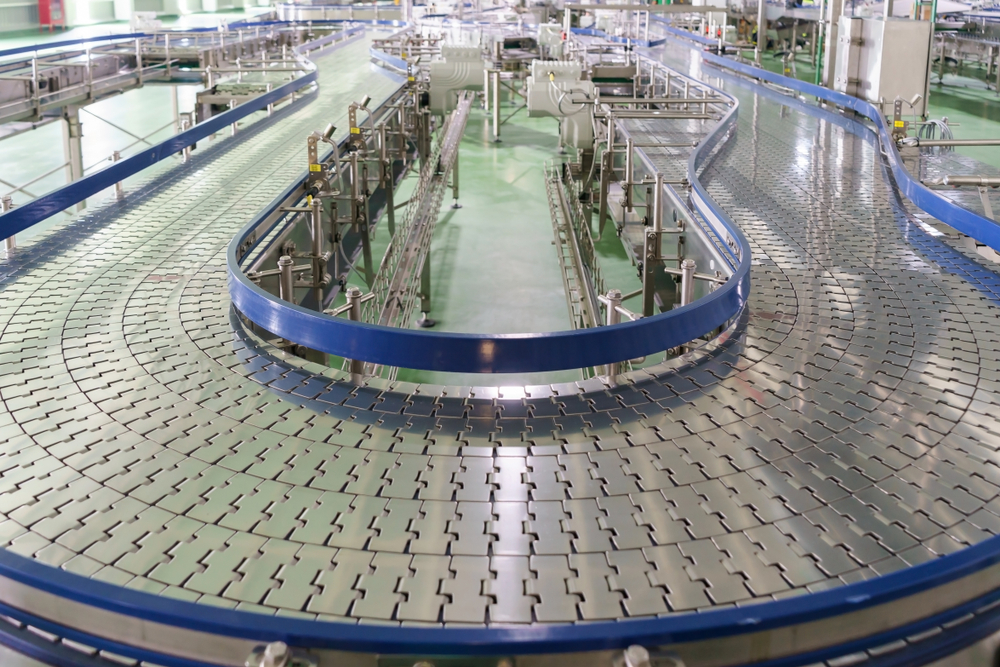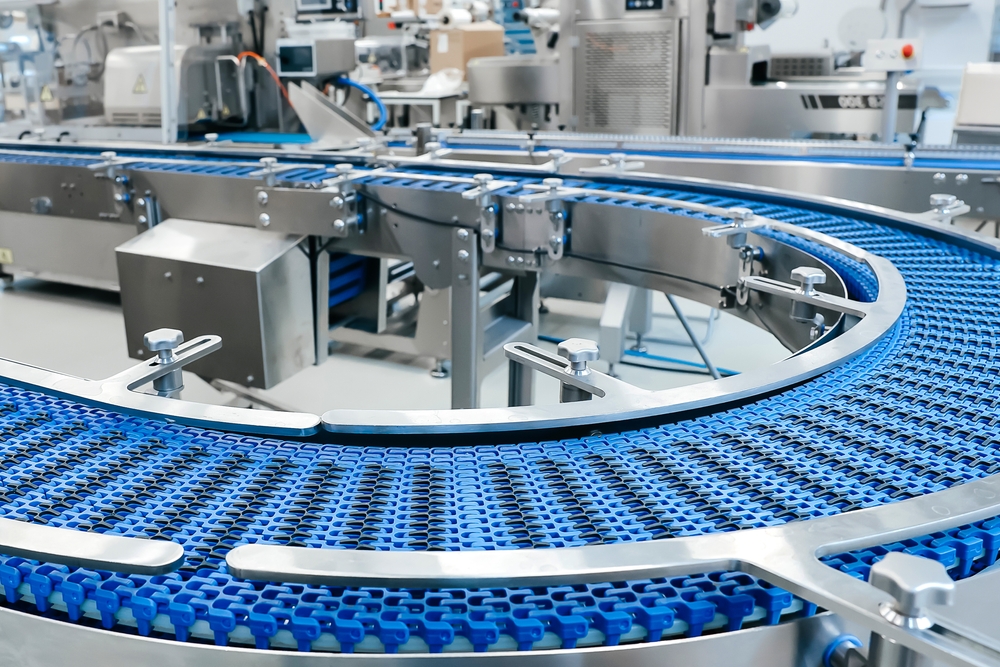When running a packaging line with lightweight plastic containers, maintaining efficiency while preventing damage is a constant challenge that can significantly impact production rates and product quality. Which accumulation table is best for handling lightweight plastic containers?
For lightweight plastic containers, rotary accumulation tables with low-pressure side rails are typically the best choice, offering gentle handling at speeds up to 300 containers per minute while minimizing scratching and scuffing.
While this answer points to rotary tables as the optimal choice, it’s essential to understand that specific container characteristics like size, shape, and wall thickness can influence which accumulation table features will work best for your application. Let’s explore these variables to ensure you select the correct configuration for your specific needs.
How Container Characteristics Affect Accumulation Table Selection
Three main characteristics need careful consideration when selecting an accumulation table for lightweight plastic containers. The container size directly impacts the required table diameter and rail spacing. Taller containers, for example, need wider rail spacing to prevent toppling, while smaller containers benefit from narrower spacing to avoid jams.
The container shape is crucial in determining the optimal side rail pressure and guide rail configuration. Round containers typically run smoothly with standard curved rails, while non-round containers often require specialized rail designs to maintain proper orientation and prevent interlocking.
Wall thickness is the most critical factor in determining the maximum allowable back pressure. Containers with thin walls (less than 0.3mm) require ultra-low pressure systems and may need additional anti-static features to prevent clinging. This is particularly important when choosing between rotary tables and conveyor accumulation systems, as the pressure dynamics differ significantly between the two approaches.
What Special Features Should You Look For In A Lightweight Container Accumulation Table
Modern accumulation tables offer several specialized features explicitly designed for lightweight containers. Variable speed control allows operators to match the table speed precisely to line conditions, reducing container stress during accumulation and release.
Servo-controlled side rails provide precise pressure management, automatically adjusting to maintain optimal container control without damage. This feature becomes especially valuable during speed changes or when handling different container types on the same line.

Anti-static systems are another crucial feature, particularly for very lightweight containers. These systems help prevent containers from sticking together or to the table surface, ensuring smooth flow and preventing jams.
What Are The Common Pitfalls To Avoid When Operating Accumulation Tables For Lightweight Containers
Operating an accumulation table incorrectly can lead to significant problems, even if you’ve selected the right equipment. One common mistake is running the table too high, which can create excessive centrifugal force and cause containers to tip or jam.
Another frequent issue is improper rail pressure adjustment. Even with servo-controlled systems, the initial setup must be correct. Too much pressure crushes containers, while too little allows them to fall over or jam. Regular monitoring and adjustment of rail pressure based on container behavior is essential.
Temperature and humidity control in the production area also plays a surprisingly important role. Extreme conditions can affect both the container properties and the performance of anti-static systems, leading to handling problems that might be mistakenly attributed to the accumulation table itself.
How To Calculate The Correct Accumulation Table Size For Your Production Line
Determining the right accumulation table size involves more than just measuring your containers. The calculation must account for your line speed, accumulation time requirements, and container diameter. A general rule is allowing 2-3 minutes of accumulation capacity at full production speed.
To calculate the required table space, multiply your line speed (containers per minute) by the desired accumulation time (minutes) to determine total container capacity. Then, factor in container diameter plus spacing requirements (typically 1.5 times container diameter) to determine the total linear feet of accumulation needed.
Remember to add a 20% buffer to your calculations for irregular container spacing and potential surge conditions. This extra capacity helps prevent overflow situations during normal line fluctuations.
When Should You Consider A Bi-Level Accumulation Table Design
Bi-level accumulation tables offer an innovative solution for limited floor space but high accumulation requirements. These systems effectively double the accumulation capacity within the same footprint by utilizing two vertically rotating platforms.

The key advantage of bi-level designs is their space efficiency, typically achieving 80% more accumulation capacity than single-level tables of the same diameter. However, they require careful consideration of container stability during transfer between levels and usually need more sophisticated control systems.
These systems work best with containers with good inherent stability and relatively short height. The additional transfer points between levels can create more opportunities for container upset, so using a bi-level system should balance space savings against the increased complexity and potential for disruption.
Implementing Successful Accumulation Table Solutions
Before making your final accumulation table selection, schedule a test run with your specific containers at a manufacturer’s facility that offers this service. This hands-on evaluation will allow you to observe how your containers behave on different table configurations and verify that the features you’ve identified as necessary deliver the performance you need under real-world conditions.



